U.S. Syria policy is in disarray. As the Obama administration enters its final months, strains over what to do about Syria’s civil war have reached a breaking point. In June, 51 diplomats signed a dissent channel memo challenging Obama’s handling of Syria and calling for deeper U.S. engagement to protect civilians, reduce violence, and improve prospects for a negotiated end to more than five years of devastating conflict. In mid-July, as Secretary of State John Kerry negotiated closer military cooperation with Russia against the Nusra Front and ISIS, Pentagon resistance has spilled into the media. Rifts over Syria within the State Department have deepened. The U.S.-backed Geneva process to negotiate a political transition in Syria, due to resume this month, is stalled and close to collapse. There is no diplomatic “plan B” in sight.
Amid turmoil in Washington, conditions on the ground in Syria are eroding the administration’s efforts to hand over a more tractable conflict to its successor. Despite a new U.S. commitment of $439 million for Syria relief, aid is not reaching hundreds of thousands of civilians besieged by the Assad regime—including in Daraya, where dozens of residents have starved to death. The partial ceasefire negotiated in February has broken down, only the latest in a string of Russian failures to ensure Assad’s compliance with internationally-brokered agreements. Instead, Russian air support has enabled regime forces to encircle Aleppo, trapping 300,000 civilians. If Syrian refugees are no longer streaming into Europe, it is because they are now stranded along the Turkish and Jordanian borders, refused entry into countries that were once safe havens for Syrians fleeing violence at home. Today, more than 150,000 Syrians are struggling to survive in harsh conditions, including exposure to attacks from Russian aircraft.
Russian and American myopia
But the White House seems untroubled by the turbulence its overture to Russia has created, by dissent among the diplomats charged with implementing its policies, or by the receding prospects for an end to Syria’s war. Indeed, the administration seems to have downgraded its efforts to achieve a political transition in Syria, preferring to focus almost single-mindedly on the fight against ISIS and Nusra, and to embrace military cooperation with Russia as the means to this end.
As others have noted, however, de-linking the campaign against ISIS and Nusra from the fate of the Assad regime is counterproductive. Military cooperation with Russia that is not tightly linked to a transition process will not achieve stability in Syria. Washington must condition any cooperation with Russia on Moscow’s commitment to facilitating a meaningful political transition that removes Assad from power and provides for the rebuilding of political institutions—including core institutions of the Syrian state—Without that, any gains achieved against ISIS and Nusra will be short-lived. As in Iraq, where a sectarian and exclusionary regime spurred the rise of ISIS and led the United States to support a transition that ousted Nouri al-Maliki from power, Syria will not achieve an end to violence, or any serious prospect for reconstruction and the return of normalcy as long as the Assad regime or its remnants continue to rule. Expectations to the contrary—including those expressed by Russian officials—are out of touch with what five years of brutal violence have done to the Syrian state and to any possibility that Assad can stabilize or govern Syria. Officials in the Pentagon and State Department generally recognize this reality. The White House is apparently unpersuaded.
Military cooperation with Russia that is not tightly linked to a transition process will not achieve stability in Syria.
Today, the sovereignty claimed by the Assad regime is a legal fiction, sustained only by the massive military support of Iran and Russia. The Syrian state, which is seen by both the Obama administration and Russian officials as necessary to provide continuity of governance in a transition, is in fact inseparable from the regime and cannot be reformed. Always corrupt, it has morphed into a large-scale criminal enterprise linked to a repressive apparatus. The regime’s armed forces have been gutted: current estimates suggest that Assad’s regime can field no more than 20,000 to 25,000 troops. The vast majority of pro-regime fighters are either loyalist militiamen drawn heavily from Assad’s own Alawite community or foreign mercenaries recruited by and loyal to Iran.
Priority number one: The Assad regime
Under these conditions, a durable settlement of Syria’s civil war will remain elusive—and the stability of the Arab east precarious—unless the U.S. administration and its Russian counterparts accept the need for a comprehensive strategy. That strategy must address not only ISIS and Nusra, but the much tougher challenges associated with the transformation of an Assad regime that is increasingly confident of the inevitability of its military victory and increasingly bellicose in its rejection of a negotiated transition. A U.S.-Russian policy of targeting ISIS and Nusra first and then the regime . . . whenever . . . will perpetuate violent extremism and continue to drive radicalization and sectarian polarization that might originate within Syria but cannot be contained there.
Russia has an important role to play in the design and implementation of a comprehensive strategy, but whether it is willing or able to do so is uncertain. Thus far, the administration’s hopes that Moscow would exert leverage over the Assad regime to observe ceasefires, permit humanitarian access, reduce the use of barrel bombs, or engage constructively in the Geneva process have not paid off. Russia has done little to demonstrate its seriousness as a partner in transition, amplifying concerns in Washington that its diplomatic efforts are simply a smokescreen to distract attention from its pursuit of a regime military victory. Accommodating Russia’s interest in closer military cooperation with the United States—without a commitment to cooperate in creating conditions on the ground that will support meaningful negotiations—will only reduce Moscow’s incentives to use whatever leverage it might have to prod the regime back to the negotiating table.
The agreement that Secretary Kerry is negotiating with Moscow holds out some potential for reducing violence against civilians, limiting the activities of the Assad regime air force, and preventing attacks against moderate opposition forces—but only if Russia agrees to it and, even less certain, can get the Assad regime to go along. Abandoning a comprehensive strategy in Syria, however, and engaging with Russia in the fight against Nusra and ISIS without explicitly making that cooperation contingent on a clear, defined process of political transition in Syria, would have major shortcomings. It would do little to address underlying sources of radicalism, further compromise prospects for a negotiated transition, and virtually guarantee that Obama will bequeath to his successor an open-ended Syria conflict that continues to destabilize the Arab east and Western Europe. Failure to use engagement with Russia to prevent this scenario from unfolding will be a major missed opportunity as the Obama administration prepares to hand off the Syria file to an incoming president.
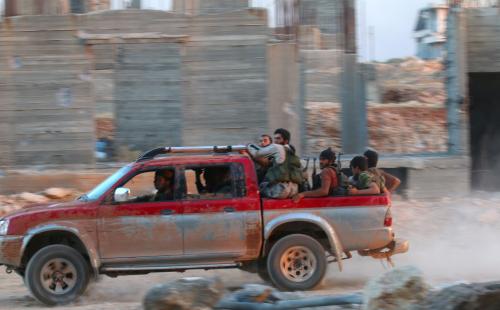
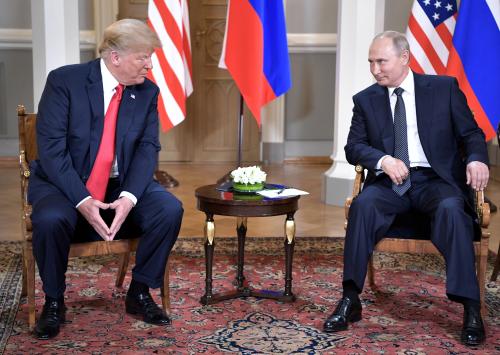
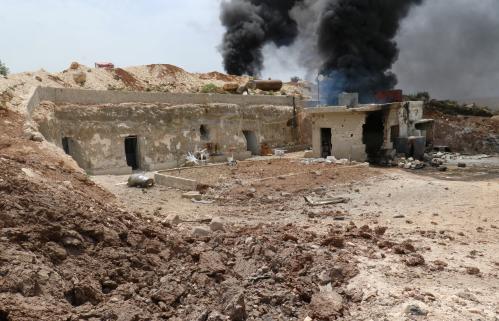

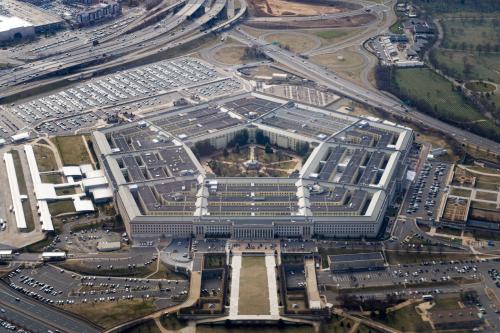
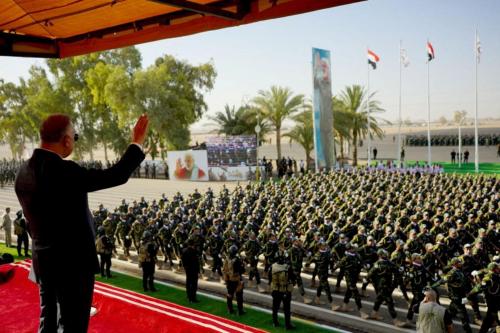

Commentary
U.S.-Russian cooperation in Syria can’t stop at counterterrorism
July 19, 2016